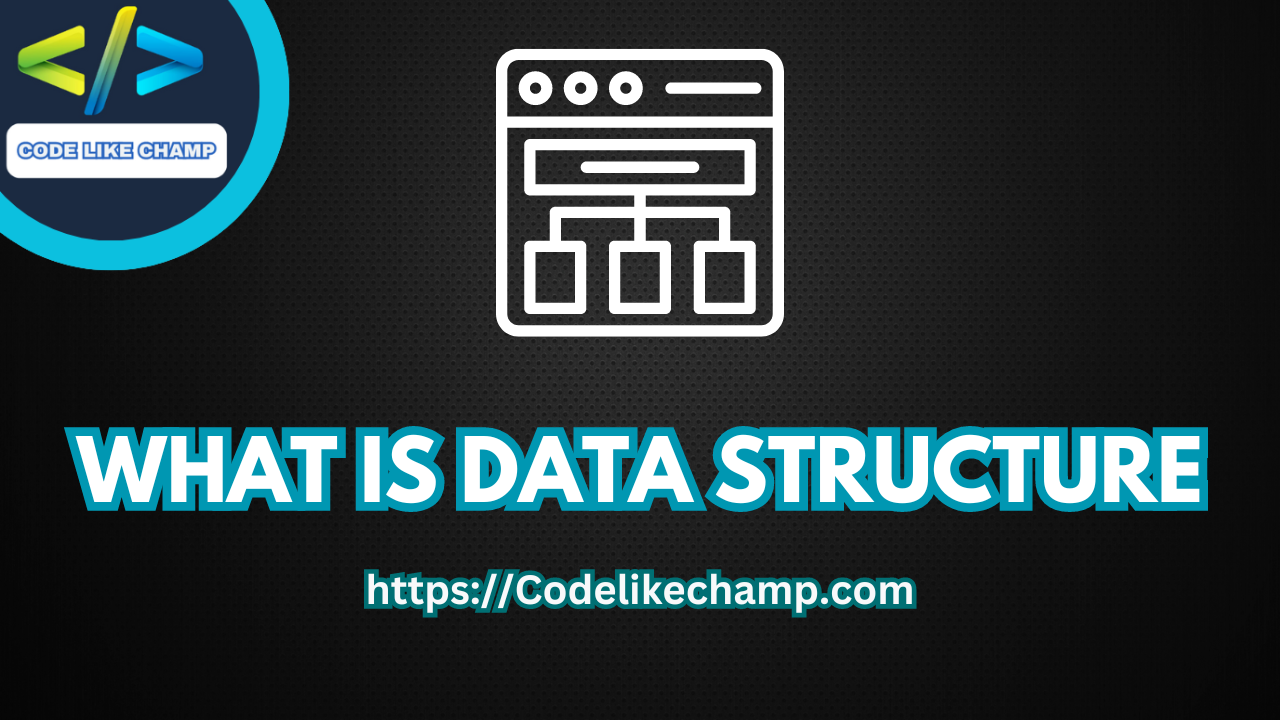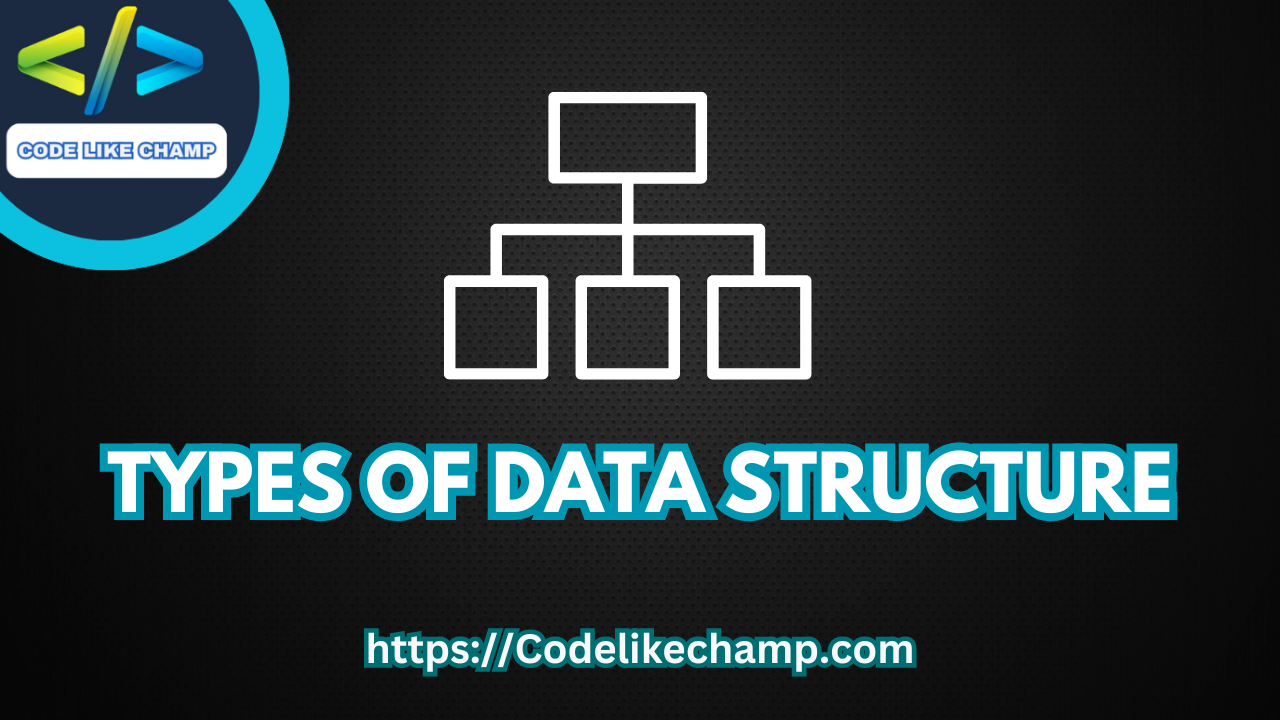Bit Arrays in Data Structures
Introduction
Bit arrays, also known as bitsets or bitmaps, are essential constructs in computer science, especially in the realm of data structures and algorithms. This article delves into the intricacies of bit arrays, exploring their definition, applications, characteristics, types, advantages, disadvantages, and their significance in modern computing.
WANT TO PRO IN DATA STRUCTURE JUST VISIT THIS PAGE IT WILL BE BENEFICIAL FOR YOU –>> DATA STRUCTURE

What is Bit Arrays
A bit array is a data structure that represents an array of bits, where each element typically corresponds to a single binary digit (bit). Unlike traditional arrays, which store elements of fixed sizes (e.g., integers, characters), bit arrays store boolean values, allowing efficient storage and manipulation of binary information.
Why We Use Bit Arrays in Data Structure
Bit arrays find extensive usage in data structure implementations due to several reasons:
- Compact storage: Bit arrays consume minimal memory compared to traditional arrays, making them efficient for storing large sets of binary data.
- Efficient operations: Bitwise operations (AND, OR, XOR, NOT) on bit arrays are fast and require fewer computational resources, enabling efficient manipulation of binary data.
- Space optimization: Bit arrays are ideal for representing sets, flags, or Boolean vectors, offering space-efficient solutions to various problems in computer science and engineering.
Characteristics of Bit Arrays
- Efficient storage of binary data.
- Supports bitwise operations for manipulation.
- Compact memory footprint.
- Efficient for representing sets and flags.
Types of Bit Array
- Static Bit Arrays: A fixed-size bit array with a predetermined number of bits, typically defined at compile time.
- Dynamic Bit Arrays: A resizable bit array that can grow or shrink dynamically based on the number of elements it needs to store.
Advantages of Bit Array
- Space efficiency: Bit arrays consume less memory compared to traditional arrays, making them ideal for storing large sets of binary data.
- Fast operations: Bitwise operations on bit arrays are highly efficient, enabling quick manipulation of binary data.
- Versatile applications: Bit arrays find applications in various domains, including cryptography, network protocols, compression algorithms, and more, due to their compactness and efficiency.
Disadvantages of Bit Array
- Limited precision: Bit arrays have limited precision due to their binary nature, which may not be suitable for applications requiring high precision arithmetic or complex data types.
- Memory overhead: Dynamic bit arrays may incur memory overhead due to their resizing operations, impacting performance in certain scenarios.
Code Implementation in Various Languages
Bit Arrays in C# Example:
using System;
class BitArrayExample
{
static void Main(string[] args)
{
// Create a bit array with 10 bits
bool[] bitArray = new bool[10];
// Set some bits
bitArray[0] = true;
bitArray[3] = true;
bitArray[7] = true;
// Print the bit array
Console.WriteLine("Bit Array:");
foreach (bool bit in bitArray)
{
Console.Write(bit ? "1 " : "0 ");
}
Console.WriteLine();
}
}
Output:
Bit Array: 1 0 0 1 0 0 0 1 0 0
Bit Arrays in C Example:
#include <stdio.h>
int main() {
// Create a bit array with 10 bits
int bitArray[10] = {0};
// Set some bits
bitArray[0] = 1;
bitArray[3] = 1;
bitArray[7] = 1;
// Print the bit array
printf("Bit Array: ");
for (int i = 0; i < 10; i++) {
printf("%d ", bitArray[i]);
}
printf("\n");
return 0;
}
Output:
Bit Array: 1 0 0 1 0 0 0 1 0 0
Bit Arrays in C++ Example:
#include <iostream>
#include <bitset>
int main() {
// Create a bit array with 10 bits
std::bitset<10> bitArray;
// Set some bits
bitArray.set(0);
bitArray.set(3);
bitArray.set(7);
// Print the bit array
std::cout << "Bit Array: " << bitArray << std::endl;
return 0;
}
Output:
Bit Array: 1001000100
Bit Arrays in Python Example:
# Create a bit array with 10 bits
bitArray = [0] * 10
# Set some bits
bitArray[0] = 1
bitArray[3] = 1
bitArray[7] = 1
# Print the bit array
print("Bit Array:", *bitArray)
Output:
Bit Array: 1 0 0 1 0 0 0 1 0 0
Bit Array in PHP Example:
<?php
// Create a bit array with 10 bits
$bitArray = array_fill(0, 10, 0);
// Set some bits
$bitArray[0] = 1;
$bitArray[3] = 1;
$bitArray[7] = 1;
// Print the bit array
echo "Bit Array: ";
foreach ($bitArray as $bit) {
echo "$bit ";
}
echo "\n";
?>
Output:
Bit Array: 1 0 0 1 0 0 0 1 0 0
Bit Arrays in Java Example:
import java.util.BitSet;
public class BitArrayExample {
public static void main(String[] args) {
// Create a bit array with 10 bits
BitSet bitArray = new BitSet(10);
// Set some bits
bitArray.set(0);
bitArray.set(3);
bitArray.set(7);
// Print the bit array
System.out.print("Bit Array: ");
for (int i = 0; i < 10; i++) {
System.out.print(bitArray.get(i) ? "1 " : "0 ");
}
System.out.println();
}
}
Output:
Bit Array: 1 0 0 1 0 0 0 1 0 0
Bit Arrays in JavaScript Example:
// Create a bit array with 10 bits
let bitArray = new Array(10).fill(0);
// Set some bits
bitArray[0] = 1;
bitArray[3] = 1;
bitArray[7] = 1;
// Print the bit array
console.log("Bit Array:", bitArray.join(" "));
Output:
Bit Array: 1 0 0 1 0 0 0 1 0 0
Conclusion
Bit arrays are indispensable tools in computer science, offering compact and efficient solutions for storing and manipulating binary data. With their space-efficient storage, fast bitwise operations, and versatile applications, bit arrays play a crucial role in various domains, including data compression, cryptography, network protocols, and more. Understanding the characteristics, types, advantages, and disadvantages of bit arrays is essential for leveraging their full potential in modern computing environments.
For more visit my website Codelikechamp.com





I do not even know how I ended up here but I thought this post was great I dont know who you are but definitely youre going to a famous blogger if you arent already Cheers
Usually I do not read article on blogs however I would like to say that this writeup very compelled me to take a look at and do it Your writing style has been amazed me Thank you very nice article.